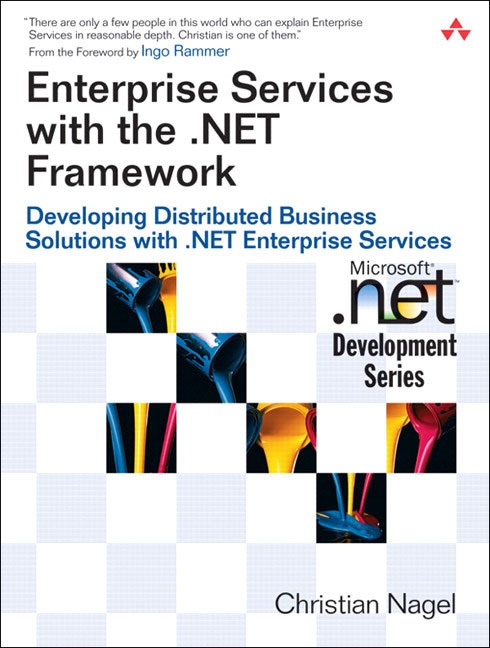Read more
About the Author Foreword Preface Acknowledgments 1. Introducing .NET Enterprise Services. Building Applications Application Layers Logical Tiers and Physical Systems Clustering Solutions Service-Oriented Architecture Smart Clients The History of Application Services COM and .NET Microsoft Transaction Server COM+ 1.0 .NET Enterprise Services Applications and Components Declarative Programming Catalog Administration Application Services Automatic Transactions Queued Components Loosely Coupled Events Role-Based Security New Features with COM+ 1.5 Summary 2. Object Activation and Contexts. Contexts .NET Remoting Contexts Contexts with Serviced Components Mixing .NET and COM+ Contexts Creating a Serviced Component Assembly Attributes Signing the Assembly Global Assembly Cache Using Interfaces ServicedComponent Class Component Registration Client Applications Debugging Library Applications Server Applications Object Activation Construction Strings Just-in-Time Activation (JITA) JITA and Object Disposing Object Pooling Private Components Application Activation Summary 3. Concurrency. Synchronization Overview Using Locks Interlocked Class More Synchronization Options Apartments Single-Threaded Apartments Multithreaded Apartments Thread-Neutral Apartments .NET Enterprise Services Synchronization Activity Configuring Synchronization Synchronization Example Reentrancy Selecting the Synchronization Option Services Without Components ServiceDomain Class ServiceConfig Class Activity Class Using a New Activity Starting a New Context Summary

